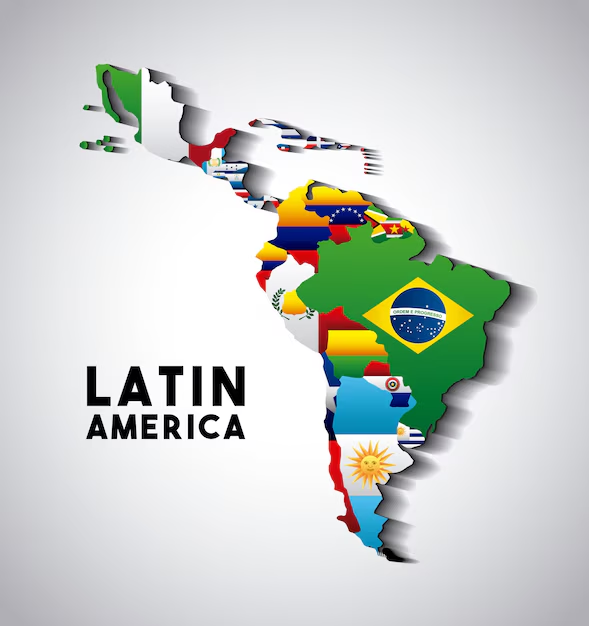Bridging the Digital Divide: A Comprehensive Strategy for North American Digital Inclusion
In an increasingly digital world, access to technology is no longer a luxury—it's a necessity. However, a significant digital divide persists across North America, leaving many individuals and communities marginalized and unable to fully participate in the modern economy and society. This disparity hinders personal growth, limits economic opportunity, and perpetuates social inequities. Addressing this critical issue requires a multifaceted approach that tackles both the infrastructure and the skills gap.
Effective digital inclusion strategies demand a concerted effort from governments, organizations, and communities. The following fifteen key initiatives offer a roadmap towards a more equitable digital landscape:
- Invest in Robust Internet Infrastructure: Targeted investment in expanding and upgrading internet connectivity is paramount, reaching underserved urban and, especially, rural areas. This includes exploring innovative solutions like community-owned networks and leveraging existing infrastructure where possible.
- Ensure Affordable Internet Access: Making the internet affordable for all socioeconomic groups is crucial. This can be achieved through government subsidies, low-cost internet plans specifically designed for low-income households, and community-based initiatives providing shared internet access.
- Develop Comprehensive Digital Literacy Programs: Invest in robust, age-appropriate digital literacy programs. These programs should go beyond basic computer skills, encompassing online safety, responsible digital citizenship, and navigating the complexities of the digital world. Curriculum should be tailored to different learning styles and needs.
- Provide Accessible Hardware and Software: Affordable or subsidized access to computers, tablets, and smartphones, coupled with user-friendly software and assistive technologies for individuals with disabilities, is essential for meaningful digital participation.
- Establish Community Digital Hubs: Create easily accessible community centers equipped with computers, high-speed internet, and trained staff to provide technical assistance, digital literacy training, and a supportive learning environment.
- Integrate Digital Literacy into School Curricula: Partnering with educational institutions to seamlessly integrate digital literacy into school curricula is vital. This ensures that students develop essential skills early on and are prepared for a technology-driven future.
- Leverage Mobile Technology for Outreach: Mobile technology offers a powerful tool to reach remote and underserved communities, bridging the geographical gap and ensuring equal access to information and resources.
- Implement Digital Mentorship Programs: Connect digitally proficient individuals with those lacking digital skills, fostering a peer-to-peer learning environment and creating a supportive community.
- Offer Multilingual Resources: Develop digital content and resources in multiple languages to cater to diverse communities and overcome language barriers that often hinder digital inclusion.
- Prioritize Underserved Populations: Tailor strategies to meet the specific needs of marginalized groups, including people with disabilities, seniors, immigrants, and Indigenous communities, ensuring that everyone benefits from digital inclusion initiatives.
- Invest in Digital Skills Job Training: Offer comprehensive job training programs that focus on developing in-demand digital skills, preparing individuals for better employment opportunities and economic empowerment.
- Promote Online Safety and Cybersecurity: Education on online safety, privacy, and cybersecurity is crucial. Empowering individuals with the knowledge to protect themselves online is key to ensuring safe and responsible digital participation.
- Foster Digital Entrepreneurship: Support the development of digital entrepreneurship within communities, providing resources and training to help individuals start and grow their own businesses, fostering economic growth and innovation.
- Promote Collaboration and Knowledge Sharing: Facilitate collaboration between government agencies, organizations, and community leaders to share best practices, resources, and expertise, maximizing the impact of digital inclusion efforts.
- Continuously Measure and Evaluate Impact: Regularly assess the effectiveness of digital inclusion initiatives, using data-driven insights to identify areas for improvement and ensure that strategies are meeting their intended goals.
By collaboratively implementing these comprehensive strategies, North America can significantly reduce the digital divide and build a more equitable and inclusive digital society. This requires a sustained commitment to investment, innovation, and collaboration, ultimately empowering individuals and communities to thrive in the digital age. Let’s work together to create a digitally inclusive future for all.
Join the conversation. Share your thoughts and ideas on how we can further bridge the digital divide. #DigitalInclusion #BridgingTheDivide #NorthAmericaConnects



No comments yet. Be the first to share your thoughts!